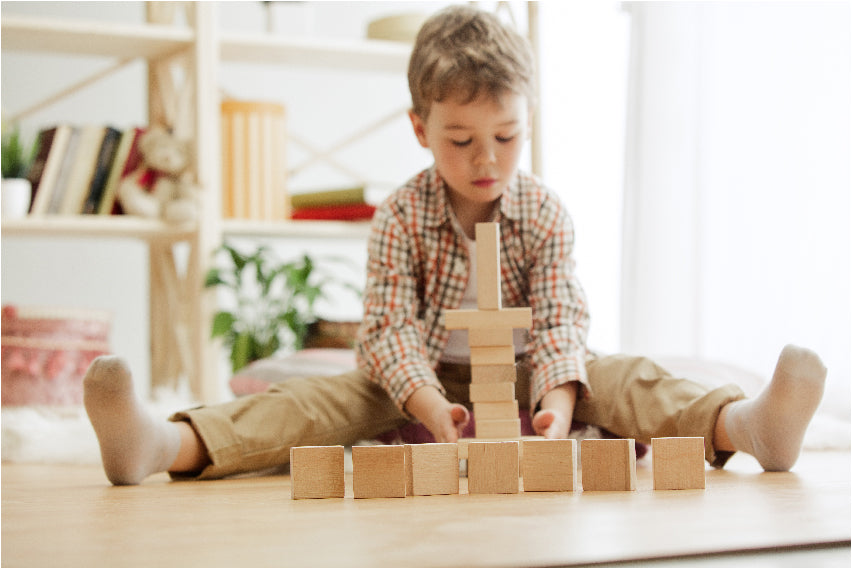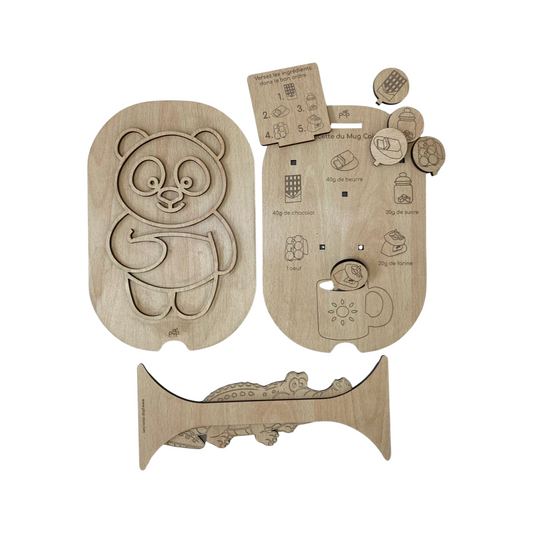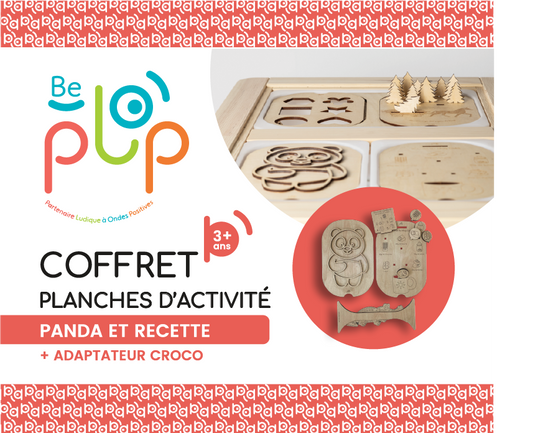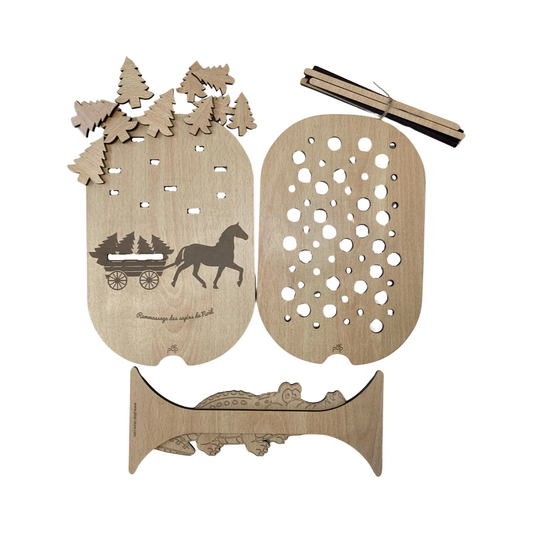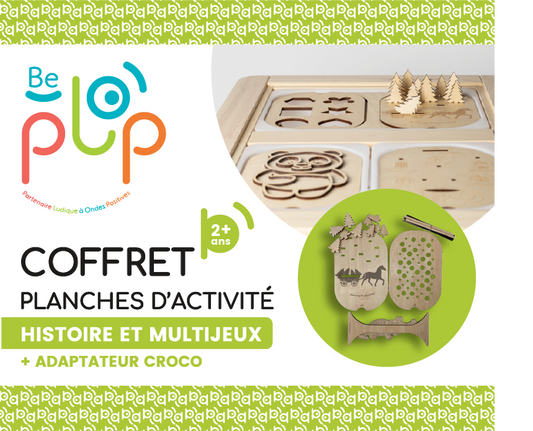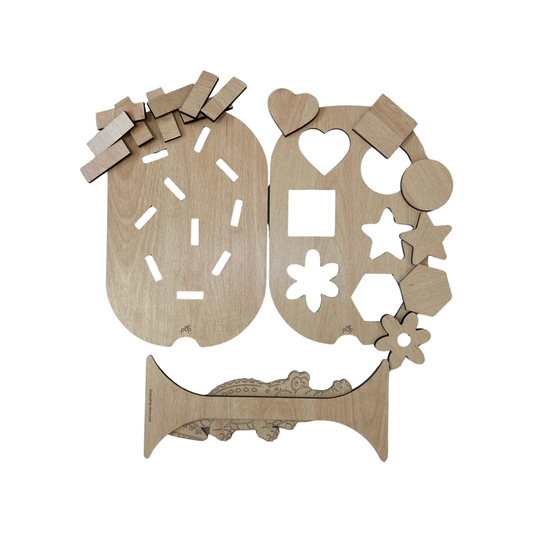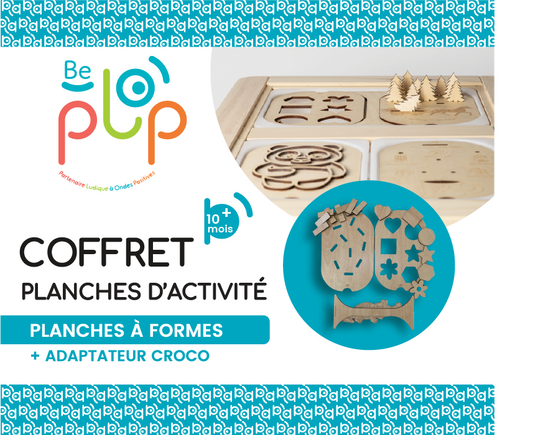The history of wooden games through the ages
Table des matières
Wooden toys have a rich history dating back thousands of years. They were among the first types of toys created by ancient civilizations and have continued to be enjoyed throughout the ages. Here's a look at the history of wooden toys:
Ancient civilizations: Wooden toys have existed since ancient times. In ancient civilizations such as Egypt, Greece and Rome, children had simple wooden toys such as dolls, carved animals, miniature chariots and figurines. These toys were often handmade by parents or local artisans.
Middle Ages and Renaissance: During the Middle Ages, wooden toys were often made by artisans in guilds. Wooden knights, miniature swords and chariots were popular among children of the time. With the Renaissance, wooden toys evolved with more refined objects such as puzzles, puppets and board games.
Modern Era: In the 18th century, wooden toys began to be mass-produced thanks to industrialization. The first toy factories emerged, notably in Germany, France and England. Wooden toys of this era included friction cars, rocking animals, model trains, and stacking games.
20th Century: During the 20th century, wooden toys continued to advance due to technological advancements and cultural changes. Wooden construction games, such as building blocks, have become popular for stimulating children's creativity and imagination. Educational wooden toys have also been developed to promote learning of shapes, colors and letters.
Contemporary revival: In recent decades, wooden toys have undergone a significant revival. More and more parents are looking for sustainable and environmentally friendly alternatives to plastic toys. Wooden toys offer an attractive option because they are made from natural, sustainable materials. New companies specializing in wooden toys have emerged, such as Plop , offering modern and innovative designs that combine aesthetics, quality and safety.
Today, wooden toys continue to be valued for their timeless beauty, durability and ability to spark children's imaginations. They remain a popular choice for many environmentally conscious parents looking for an authentic play experience.


